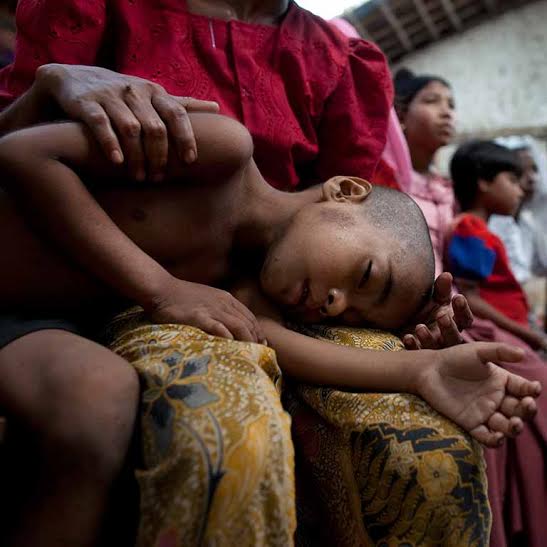Web_Malaria_iStock_000016839858_Large.jpg

Children under five are particularly susceptible to Malaria
WHO’s World Malaria Report 2015 found that more than half of the 106 countries with malaria in 2000 had reduced cases by at least 75% by 2015. This reduction in cases is thanks to preventative actions like the use of insecticide-treated mosquito nets, which have saved an estimated $900m in costs since 2001.
Progress is largely a result of a “massive deployment and effective and low-cost malaria control”, with insecticide-treated mosquito nets accounting for around 68% of prevented cases.
In Africa, nearly 1 billion nets have been distributed since 2000, and the number of people using them has increased from 2% to 55% helping avert 664 million cases of malaria.
In the region as a whole, malaria mortality rates fell by 66% among all age groups and by 71% among children under five who are particularly susceptible to the infection – impressive gains for the continent, which carries the highest malaria burden, the WHO said.
The Americas, the Western Pacific and Eastern Mediterranean regions all also experienced falls in mortality rates of between 64% and 72%, while the European region reported no indigenous cases of malaria for the first time since WHO began keeping score.
Globally, malaria incidence and death rates have fallen by 37% and 60% respectively, and mortality rates among under fives has declined by 65%. WHO’s report therefore concludes that the Millennium Development Goal, which aimed to halt and reverse the global incidence of malaria has been achieved.
WHO director-general Dr Margaret Chan said the investment in malaria prevention and treatment made since the start of the century had worked. However, she added, the challenge now is “to do even more”.
Nearly half of the world’s population remain at risk of malaria and 2015 saw around 214 million new cases, the organisation added.
Fifteen countries, mainly in Africa, account for around 80% of both cases and deaths. In such countries progress is hampered by weak health systems that mean people do not get the care they need, the report said. One third of people in sub-Saharan Africa also living without mosquito nets or having their home sprayed with insecticide.
In addition “new challenges have emerged”, said Dr Pedro Alonso, director of WHO’s Global Malaria Programme.
“In many countries, progress is threatened by the rapid development and spread of mosquito resistance to insecticides. Drug resistance could also jeopardise recent gains.”
To meet ambitious new targets set for 2030, the WHO warned that global investment for malaria control will have to increase almost threefold, from £2.7bn to $8.7bn annually by 2030.
By 2030, WHO aims to reduce malaria incidence and mortality by at least 90%, eliminate the disease in at least 35 countries and prevent the resurgence of malaria in all countries that are malaria-free.












